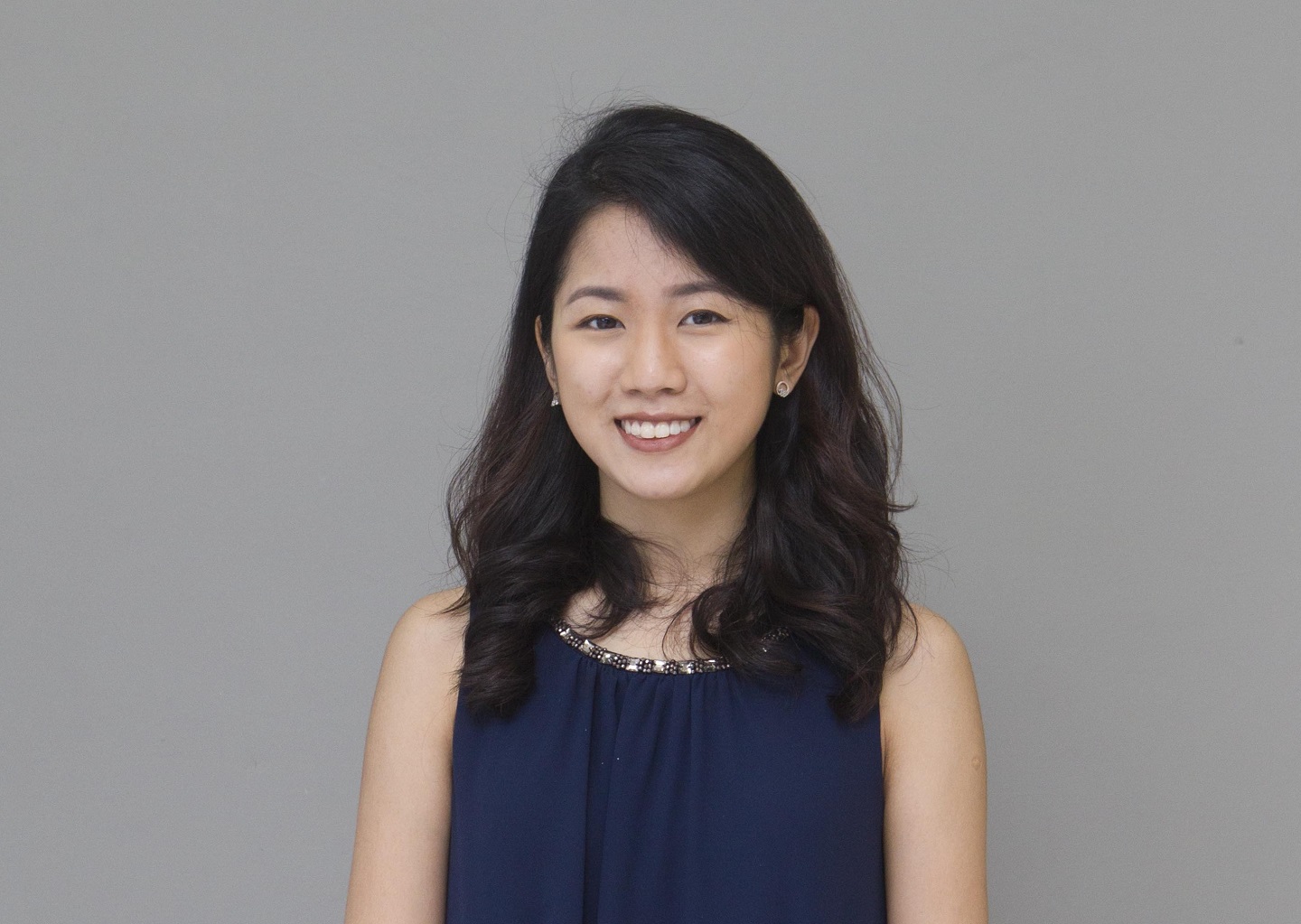
Founder of Calligraphy by Zhi (Photo: Patrick Goh/The Edge)
Zhiling Lim has terrible handwriting. The young chemistry teacher laughs as she admits this, saying her students often struggle to decipher the notes she writes on the blackboard. What she lacks in scribing on large vertical surfaces, however, she more than makes up for on paper.
Lim moonlights as a professional calligrapher, an art form she picked up three years ago as a hobby before accidentally discovering its commercial potential. “I love shopping for stationery and one day I came across a Chinese calligraphy brush that was loaded with ink instead of requiring an ink pot as a complement,” she says. “I am completely self-taught. I watched videos and tutorials online to learn. It took a lot of practice and discipline but I enjoyed it immensely.”
She began uploading her work, starting with popular quotes, on Instagram under the name Calligraphy by Zhi. Lim writes in the Copperplate script, also known as English Roundhand or Engrosser’s Script — the same style in which the body of the American Declaration of Independence was written.
An events planner working on a project for Nestlé came across her Instagram feed and asked if she would be interested in doing live calligraphy for guests at a media launch. They communicated entirely via email and Lim was initially apprehensive about the legitimacy of the offer. “I thought it was a con job and that someone would try to cheat me,” she laughs. “I mean, I never knew there were things like media launches.”
Since then, Lim has worked with brands ranging from Swarovski to Cartier, putting her exquisite script to use at a variety of events and occasions. Her foundation in Copperplate heavily influences her clean and formal script, an elegant aesthetic favoured by corporate clients. “Holidays are usually busy for me; one New Year’s Eve, I provided calligraphy services in-store at Hugo Boss. I also never realised just how many people leave their shopping until Christmas Eve!”
Apart from enabling customers to address gift tags and cards in perfect penmanship, luxury brands such as Montblanc have also engaged Lim to conduct calligraphy workshops for VIP clients while stationery brands do the same on a larger scale. She also gives lessons on her own time, preferring private sessions or small groups of between four and six students. As Lim does not have a studio yet, she rents tables at local cafés and works food and beverage costs into the class fee. Bigger workshops are hosted in collaboration with other calligraphers.
“People think calligraphy is easier than it looks, that it’s just joined up writing, but there’s so much more to it,” she says. “Traditional calligraphy is a discipline in itself; there are rules to follow. Perfection is elusive in this skill. One of the hardest things for first-timers is breaking out of bad writing habits. Good posture, for instance, is a must; you need your body weight balanced between both shoulders so you can move your arm freely, not just the wrist. Calligraphy is an art; you’re drawing letters, not writing them. Those who can visualise shapes, like the oval silhouette of Copperplate, tend to perform better. If you can’t visualise that in your mind, it’s hard to transfer your thoughts to your muscles, although it does get easier with practice.”
The markers of good calligraphy can be subjective with numerous writing styles and personal preferences coming into play, but Lim cites consistency as a hallmark of a professional calligrapher. “You have to be able to write the same thing 10 times and have each look identical to the others,” she says.
“There was an issue in the US whereby amateurs who had picked up the basics of the skill but were improperly trained went on to give workshops, teaching an incorrect art form. The rules that dictate the discipline are diluted when this becomes a widespread practice. It’s already a dying art form and I think those who keep it alive should do it with respect. I hope that shows in my work,” she remarks.
While the enterprising Lim plans on continuing with her day job of teaching chemistry, she is also looking for ways to scale her calligraphic pursuits, including perhaps filming tutorials, like the very ones she learnt from. She believes going digital is the way to achieve this — such as worksheets that can be downloaded for enthusiasts to practise their script — but acknowledges that this medium has its drawbacks.
“People learn better in person with someone there to guide them through the intricacies of the art form,” she says. “It’s the same reason why calligraphy is still appreciated today. The personal touch is hugely valuable. Everyone likes to feel important, and having something written specially for you is one way to do that.”
This article first appeared on July 2, 2018 in The Edge Malaysia.


